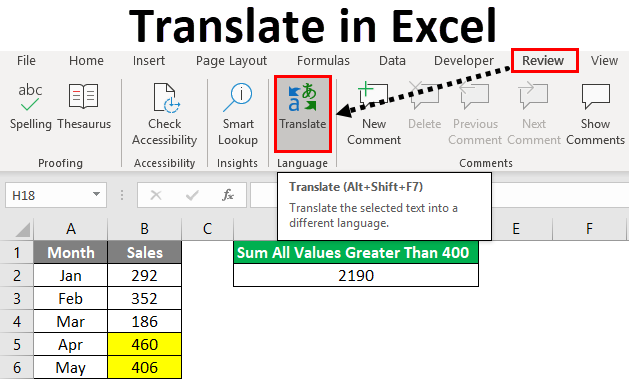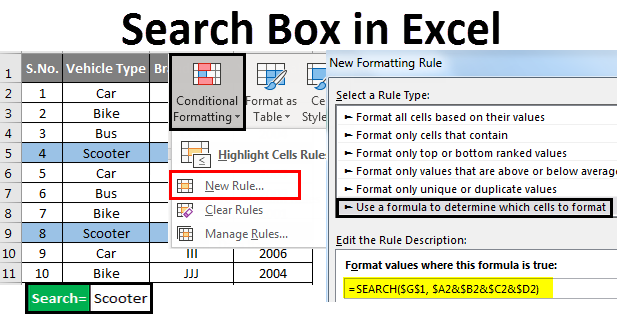On Excel
Percentages in Excel Index:
If they want to use an Excel app and not Excel for the web to co-author, they can select Edit Workbook Edit in Excel. However, they'll need a version of the Excel app that supports co-authoring. Excel for Android, Excel for iOS, Excel Mobile, and Excel for Microsoft 365 are the versions that currently support co-authoring.
| Percentage Calculation Types |
| Calculate a Percentage of a Number |
| Calculate a Percentage as a Proportion |
| Calculate Percentage Change |
| Displaying Percentages in Excel Cells |
Percentage Calculation Types
This page describes how to calculate percentages in Excel in three different ways.
The different percentage calculation types are:
Adding a Header in Excel To add a header title, click the “Insert” tab at the top left of the workbook. Click the “Text” menu toward at the right side of the ribbon and click the “Header & Footer” option. You’ll be zoomed out from the workbook, allowing you to see all of your data on one page. Excel is the spreadsheet application in the Microsoft Office suite. Use these tutorials to learn more about organizing and calculating data. Microsoft Office Specialist: Excel Associate (Excel and Excel 2019) Demonstrate that you have the skills needed to get the most out of Excel by earning the Microsoft Office Specialist: Excel Associate Certification. This certification demonstrates competency in the fundamentals of creating and managing worksheets and workbooks, creating cells.
| Percentage of a Number | E.g. What is 25% of 50? |
| Percentage as a Proportion | E.g. if, out of 120 questions, you answer 90 correctly, how is this expressed as a percentage score? |
| Percentage Change | E.g. if your sales figures are $1,250 in January and $1,750 in February, what is the percentage increase in February, compared to January? |
How to Calculate a Percentage of a Number
If you want to calculate a percentage of a number in Excel, simply multiply the percentage value by the number that you want the percentage of.
For example, if you want to calculate 25% of 50, multiply 25% by 50.
I.e. type the following formula into any Excel cell:
- which gives the result 12.5.
For further examples of calculating a percentage of a number, see the How to Calculate a Percentage of a Number page.
How to Calculate a Percentage as a Proportion
If you want to calculate percentage as a proportion (i.e. calculate the size of a sample as a percentage of a full set), simply divide the sample size by the size of the full set.
For example, if you score 90 out of 120 in an exam, what is your percentage score?
The percentage score is calculated by simply dividing 90 by 120.
I.e. type the following formula into any Excel cell:
- which gives the result 0.75, or 75%.
Note that, to get the result shown as a percentage, it is necessary to set the cell containing the result to have percentage formatting.
As with any Excel formula, the percentage calculation can use references to cells containing numbers, instead of actual numbers. This is shown in the Excel spreadsheet below.
Formulas:
| Results:
|
Note that the result in cell B3 of the above spreadsheet has been formatted as a percentage. The easiest way to apply percentage formatting is to select the cell to be formatted and then click on the percentage button within the 'Number' group on the Home tab of the Excel ribbon (see below):
See percentage formatting section of this page for details of how to select further percentage formatting options.
How to Calculate Percentage Change
If you want to calculate the percentage change between value a and value b, this is done using the formula:
For example if a soccer team scores 16 goals in season 1 and 20 goals in season 2, the percentage change in season 2, compared to season 1, is given by the formula:
This gives the result 0.25, or +25%
This percentage calculation is shown in the Excel spreadsheet below.
Formulas:
| Results:
|
As in the previous example, in order to get the result displayed as a percentage, it is necessary to set cell B3 of the above spreadsheet to have percentage formatting.
Formatting to Display Percentages in Excel Cells
Percentages in Excel are stored as decimal values. For example, 25% is stored as the value 0.25, 50% is stored as the value 0.5, etc.
It is the formatting of a cell that makes the underlying decimal value appear as a percentage. Tekken 5 apk data.
You can change a cell's formatting to display percentages in one of the following ways:

Method 1 - Percentage Formatting Through the Ribbon Options
The easiest way to change cell formatting is to select the cell(s) to be formatted and then select the percentage button from the 'Number' group on the Home tab of the Excel ribbon (see below):
If you want to change the number of decimal places that are displayed, click on the Dialog Box Launcher (shown above). This opens up the 'Format Cells' Dialog Box, which allows you to specify the number of decimal places to be displayed.
Method 2 - Percentage Formatting Through the Format Cells Dialog Box
If you require more formatting options or if you have an older version of Excel, that does not have the ribbon, you can change the formatting of an Excel cell via the 'Format Cells' Dialog Box. To do this:
Format Cells Dialog Box
- Select the cell(s) to be formatted.
Open up the 'Format Cells' dialog box by either:
- Clicking on the Dialog Box Launcher on the Excel ribbon (as shown above).
or
- Right clicking on the selected cell, and from the right-click menu, selecting the Format Cells .. option.
Within the 'Format Cells' dialog box: Oasis whats the story morning glory rar.
- Ensure the Number tab of the dialog box is selected and from within the 'Category' options in this tab, select Percentage.
- From the Decimal places: option (which will appear on the right of the dialog box), select the number of decimal places that you want to display.
- Click OK.
The result of formatting (with zero decimal places) is shown below.
Values Displayed as Decimals:
| After Formatting as a Percentage:
|
Further examples of Calculating Percentages in Excel can be found on the Microsoft Office website.
Return to the ExcelFunctions.net Home Page
Enter a Percentage | Percentage of Total | Increase by Percentage | Percentage Change
Calculating percentages in Excel is easy. Percentage simply means 'out of 100', so 72% is '72 out of 100' and 4% is '4 out of 100', etc.
Enter a Percentage
To enter a percentage in Excel, execute the following steps.
1. First, enter a decimal number.
2. On the Home tab, in the Number group, click the percentage symbol to apply a Percentage format.
Result.
Note: to change the percentage in cell A1, simply select cell A1 and type a new percentage (do not type a decimal number).
Percentage of Total
To calculate the percentage of a total in Excel, execute the following steps.
1. Enter the formula shown below. This formula divides the value in cell A1 by the value in cell B1. Simply use the forward slash (/) as the division operator. Don't forget, always start a formula with an equal sign (=).
2. On the Home tab, in the Number group, click the percentage symbol to apply a Percentage format.
Result.
Microsoft Excel Help Center
3. On the Home tab, in the Number group, click the Increase Decimal button once.
Result.
Note: Excel always uses the underlying precise value in calculations, regardless of how many decimals you choose to display.
Increase by Percentage
To increase a number by a percentage in Excel, execute the following steps.
1. Enter a number in cell A1. Enter a decimal number (0.2) in cell B1 and apply a Percentage format.
2. To increase the number in cell A1 by 20%, multiply the number by 1.2 (1+0.2). The formula below does the trick.
Note: Excel uses a default order in which calculations occur. If a part of the formula is in parentheses, that part will be calculated first.
3. To decrease a number by a percentage, simply change the plus sign to a minus sign.
Percentage Change
To calculate the percentage change between two numbers in Excel, execute the following steps.
1. Enter an old number in cell A1 and a new number in cell B1.
2. First, calculate the difference between new and old.
3. Next, divide this result by the old number in cell A1.

Note: Excel uses a default order in which calculations occur. If a part of the formula is in parentheses, that part will be calculated first.
On Excel Cell

4. On the Home tab, in the Number group, click the percentage symbol to apply a Percentage format.
Result.
5. The (New-Old)/Old formula always works.
Note: visit our page about the percent change formula for a practical example.
